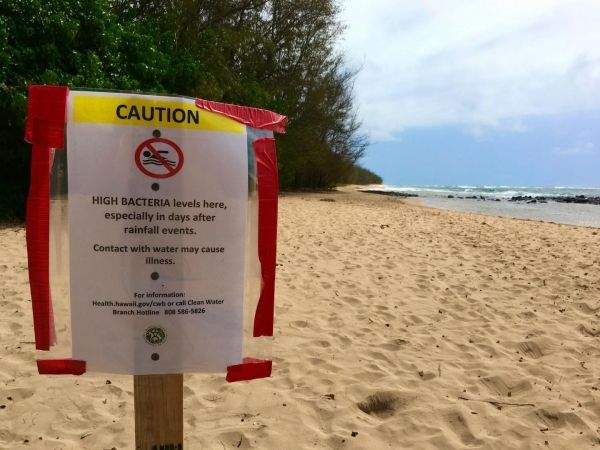One of the first things that comes to mind when you think of Hawaii are warm, tropical beaches with inviting, clear water. In fact, favorable beach water quality is the lifeblood for Hawaii’s $18 billion annual tourist industry, the largest single contributor to the state’s economy. So, it comes as no surprise that Hawaii water officials continuously monitor for sources of contamination that could threaten their main attraction.
For years, routine testing has shown that watersheds of the Mahaulepu Valley and Waikomo Stream in southeast Kauai frequently contain high counts of potentially pathogenic fecal indicator bacteria (FIB). Though past investigations have concluded that the FIB are not being introduced into the water via sewage leaks or illegal sewage dumping, the Hawaii Department of Health (DOH) remained concerned about the source. To better understand the cause of the high FIB counts, the DOH commissioned a study by Lawrence Berkeley National Laboratory (Berkeley Lab) microbial ecologists Gary Andersen and Eric Dubinsky.
The duo is frequently invited to lead microbial water assessment projects thanks to their expertise and unparalleled toolkit, which centers around a credit card-sized microbial detection technology called the PhyloChip. Invented by Andersen and others at Berkeley Lab in 2008, the PhyloChip has been used previously to monitor water in the San Francisco Bay Area, tropical waters around coral reefs, and throughout the city of Singapore.
Read more at DOE/Lawrence Berkeley National Laboratory
Image: At Gillin's Beach in the Mahaulepu watershed, signs were frequently posted warning beach goers not to swim. However, the team found no evidence of any contamination during an entire year year of monitoring. (Credit: Eric Dubinsky/Berkeley Lab)


